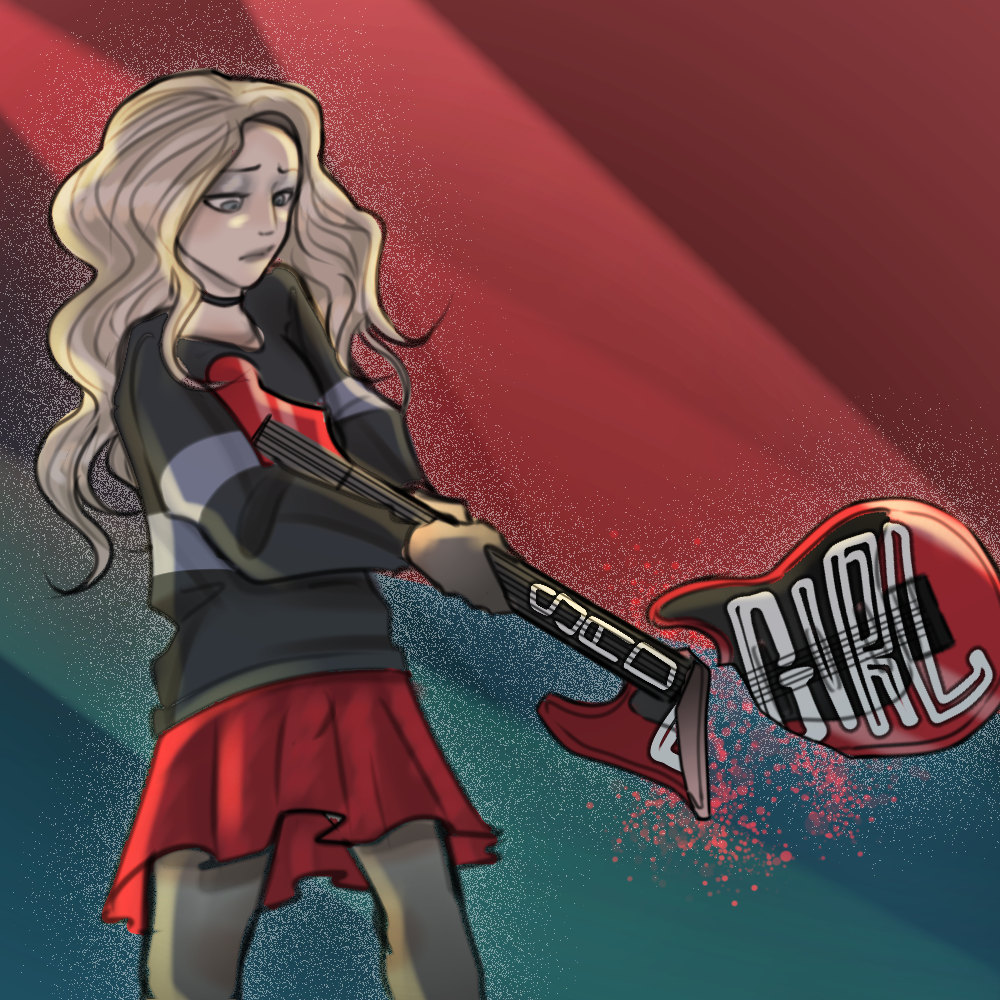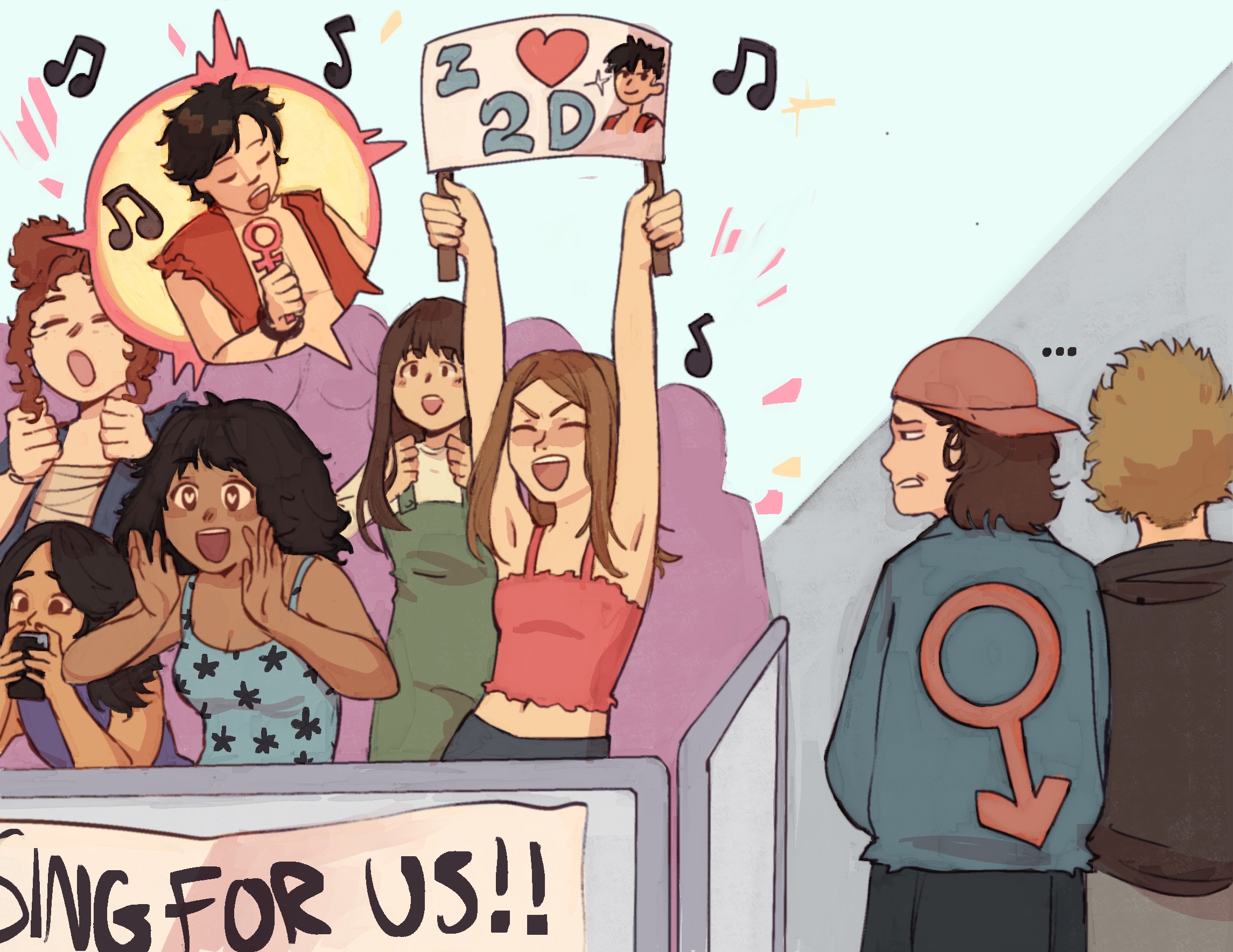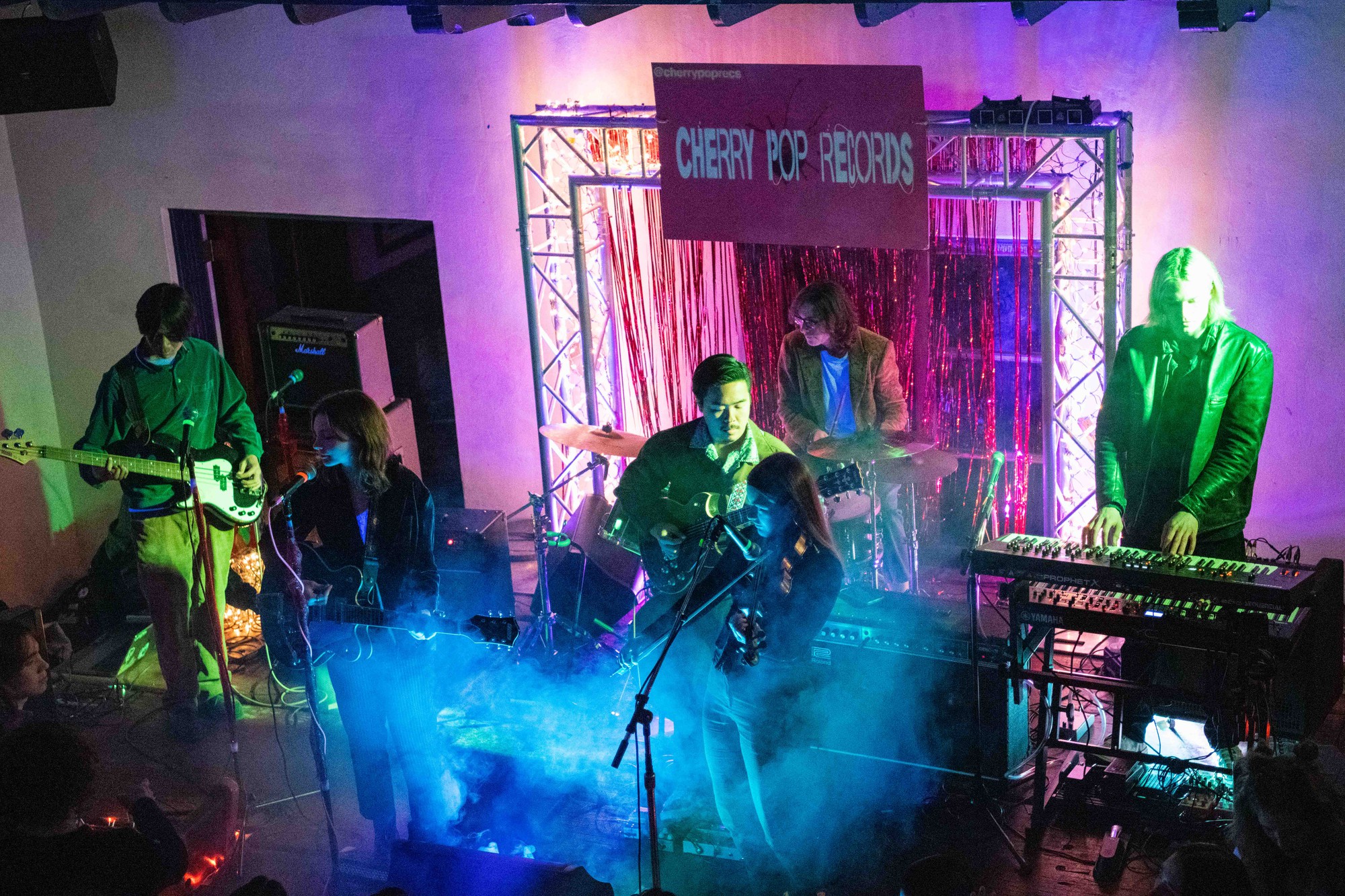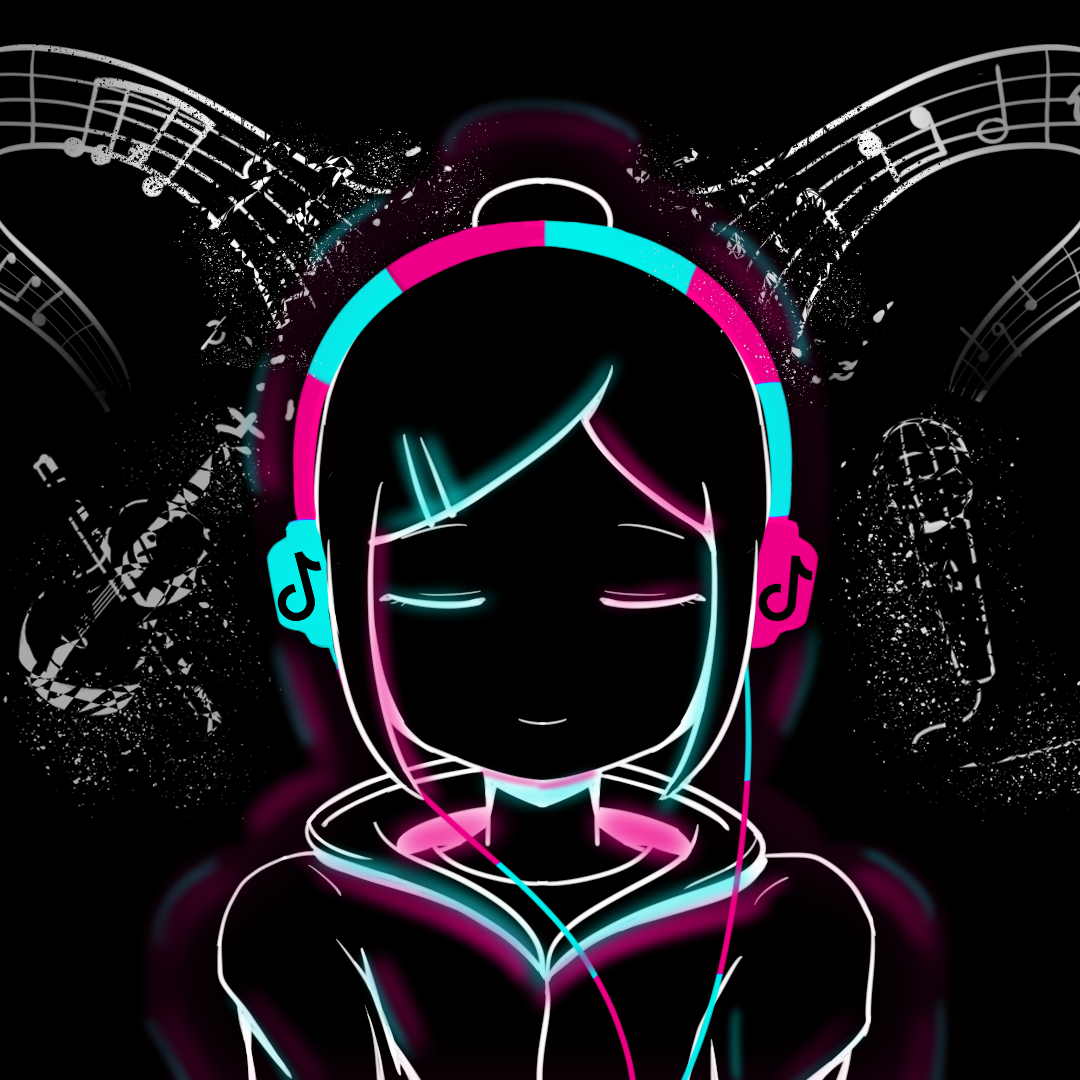Second Take: ‘Sad girl music’ label limits artists, reinforces gender stereotypes

(Yan Liu/Daily Bruin)
By Katy Nicholas
April 18, 2023 9:12 p.m.
As new styles of music emerge, women are disproportionately subject to the judgment of their emotions rather than their talent.
In the past few years, the term “sad girl music” has caught on in pop culture, social media and even music streaming sites like Spotify. “Sad girl music” is the labeling of indie and alternative rock female and queer artists as sad while ignoring aspects of the music that contradict this title. This controversial title has struck some artists the wrong way, as they do not agree that expressing vulnerability in singing about real topics from their real lives is depressing. Lucy Dacus, a queer female artist whose work is often placed in the “sad girl music” category, thinks that this sexist classification plays on the age-old stereotype that women are more emotional and dramatic than men.
“Sadness can be meaningful but I got a bone to pick with the ‘sad girl indie’ genre, not the music that gets labeled as that, but the classification and commodification and perpetual expectation of women’s pain, also I don’t think my songs are sad, anyways good morning,” she tweeted in February of 2021.
While Dacus’ music often contains lyrics about coming of age and young love, songs about these topics often evoke a sense of belonging in the listener, not sadness. Many of her songs, and those of other “sad girl” artists, are actually upbeat and bubbly. For instance, “Lolita” by Lana Del Rey, “Kyoto” by Phoebe Bridgers and “4EVER” by Clairo, to name a few, would be odd choices to cry to. But they are lazily put in the “sad girl” box because of these artists’ identities. The same can be said about their intricate lyricism. The music industry is able to get away with ignoring the commendation of emotion-invoking and clever lyricism simply by grouping several amazing artists into one muddled playlist and calling it a day.
[Related: Second Take: Demand for constant reinvention from female artists creates double standard]
There is a “sad girl” category, but suspiciously no “sad boy” category to counter it. Rolling Stone put out a readers’ poll of “The 10 Saddest Songs of All Time” in 2013. Every single one of these songs was sung by male artists or bands whose members were made up of male artists. The music of these male-led bands – some of which include Pearl Jam, R.E.M. and Nirvana – are not labeled as or known for being overly emotional and depressing, even though they were popularly voted as having released the saddest music of the distant past and present. Even male artists such as Hozier and Noah Kahan, whose music often exhibits heavy, melancholic tones of heartbreak, are not labeled by a simple three-letter emotion. They are praised for lyrical genius and catchy tunes rather than being stuck in a box with all the other artists of their same genre and gender.
This issue of sexism as a theme of popular music is similar to the phenomenon of female artists receiving criticism for only writing about breakups. In her documentary “Miss Americana,” Taylor Swift spoke about the frustration of being labeled by the music industry and the general public as emotional or immature because of the content of a small percentage of her songs.
“You’re going to have people who are going to say ‘Oh, you know, like, she just writes songs about her ex-boyfriends,’ and I think frankly that’s a very sexist angle to take,” she said in an interview during the film. “No one says that about Ed Sheeran. No one says that about Bruno Mars. They’re all writing songs about their exes, their current girlfriends, their love life, and no one raises a red flag there.”
“Sad girl music” is made up primarily of white artists, most of whom are female-identifying or queer. These artists all have songs ranging a wider variety of emotions and themes than just sadness, but since they are queer or female, they are assumed to only be relatable to other queer or female-identifying people. Whereas Khalid’s “Coaster” is seen to be widely relatable to people of every gender and sexuality, the all-female boygenius’ upbeat, anthemic track “Not Strong Enough” still oftentimes finds itself nestled in Spotify’s “sad girl starter pack” playlist. Even though these pieces touch on the same topics, the identity of the artists influences the playlists and algorithms they are funneled into.
This issue not only entraps “sad girl artists” into only being allowed to write about one topic but also perpetuates a stigma against men expressing emotion. If a teenage boy listens to Phoebe Bridgers and Mitski, that should not jeopardize his masculinity. While perpetuating female stereotypes for women and their emotional demeanors, the “sad girl music” genre also leaves the music industry looking like an 1800s Jane Austen-esque society, where the men take care of the women and feel no emotions whatsoever.
[Related: Second Take: TikTok’s algorithmic madness forces artists to focus on short lived virality]
That being said, there is something empowering about being emotionally raw toward the public. Mental health continues to be an issue in a society that often brushes off or does not prioritize these topics. When artists sing about their experiences with mental health, this opens a new creative, free space for listeners who are dealing with similar things to feel heard and better process these emotions. This produces the opposite effect of the name of this made-up genre, as it often leaves listeners feeling less alone.
When the music industry actively sweeps all the female and queer artists whose music occasionally embodies mellow and melancholic vibes under the same “sad girl” rug, it takes away from the individual, unique lyrical message each artist and song is attempting to say. In actuality, the content of many of these “sad girl”-labeled songs spans wide ranges of emotions, many of which are hopeful and upbeat both lyrically and sonically. Restricting musicians to this label defeats the purpose of them actually having artistic freedom.
Ultimately, it’s time for society to change its tune of shoving every emotional female song into a single category.






